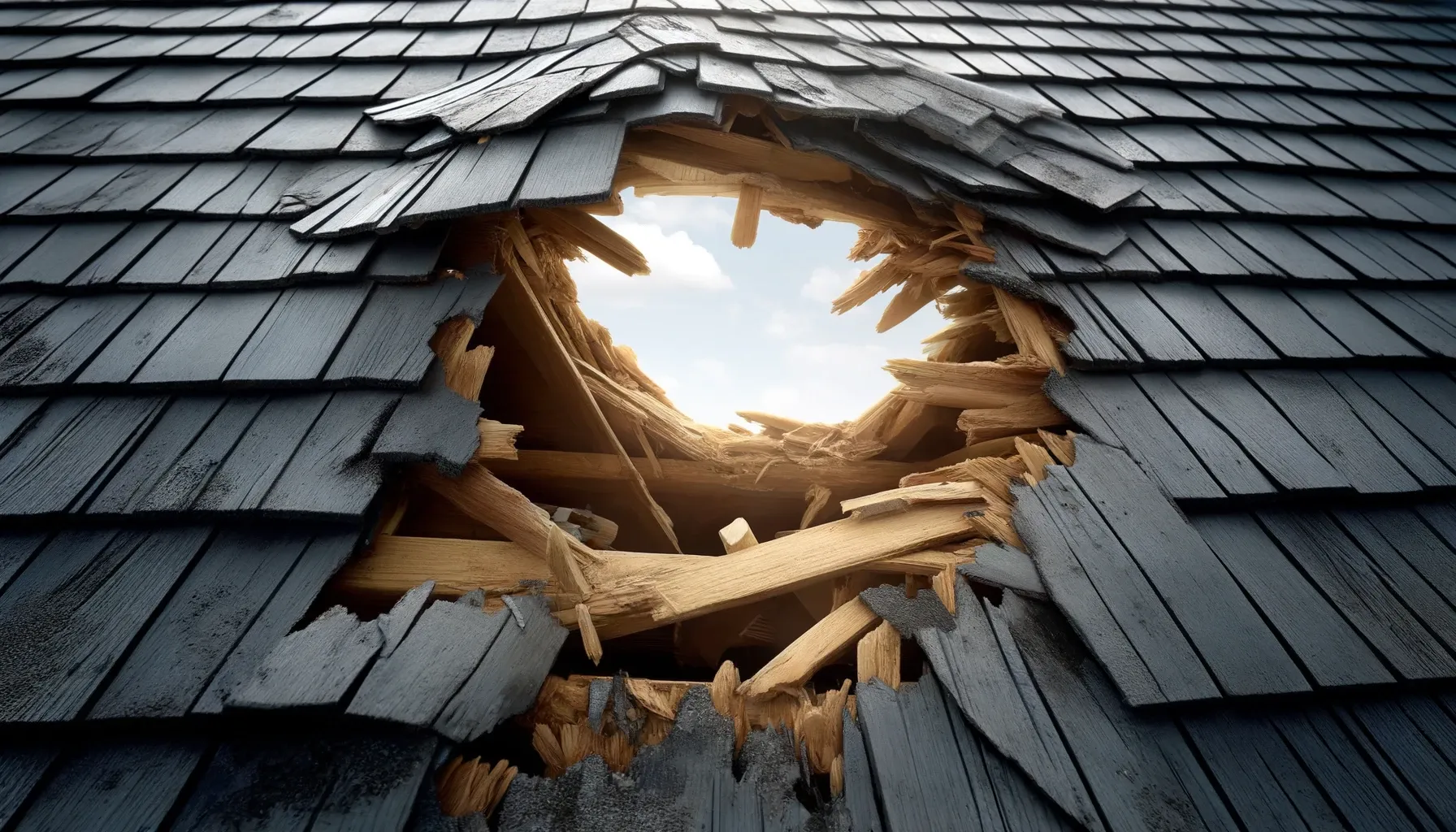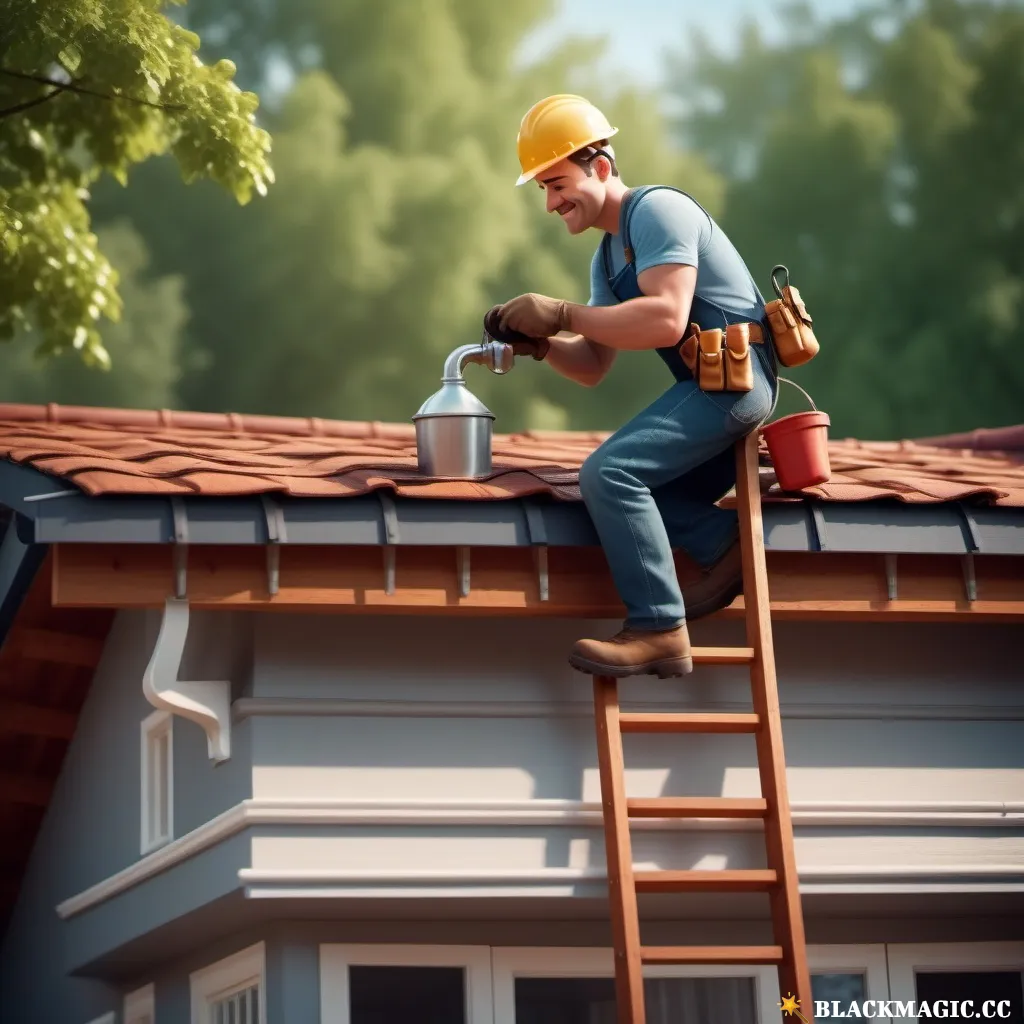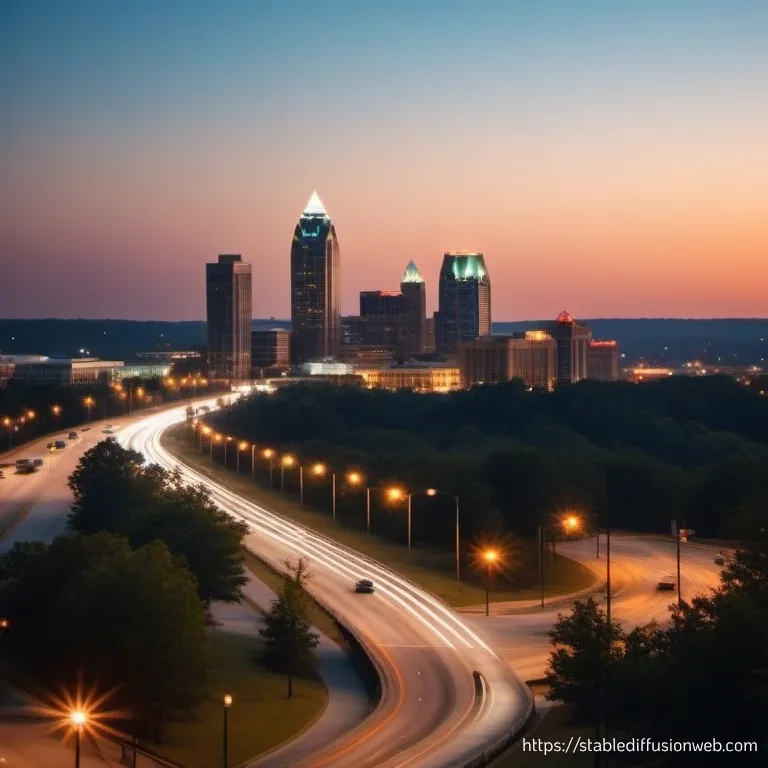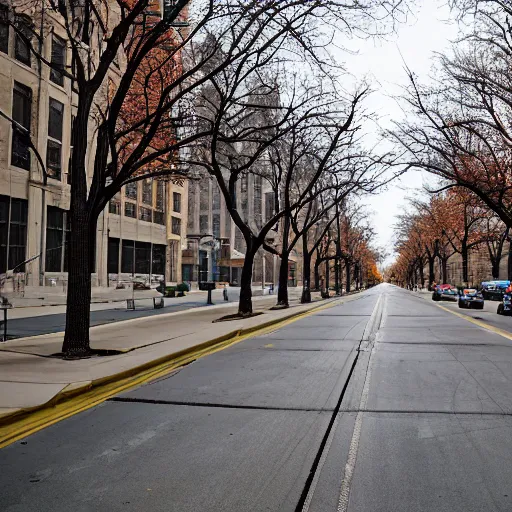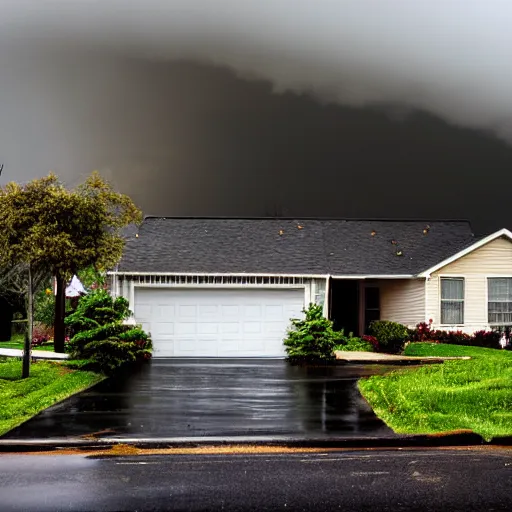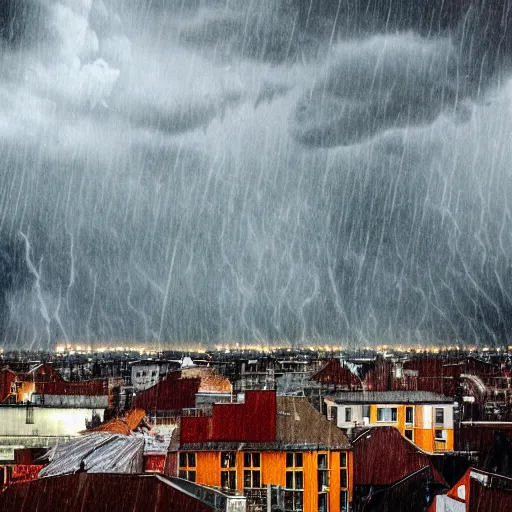Can a Rusted Roof be Repaired?
You stare up at the dilapidated roof above you, anger coursing through your veins as you witness the decay and rust that has taken over its surface.
With each passing raindrop, your frustration grows, wondering if there is any hope left for this corroded mess. Can a rusted roof be repaired? The ultimate question gnaws at your sanity, beckoning for answers that you are desperate to find.
Rust on roofs is a frustrating and unsightly problem that can cause significant damage if left untreated. Understanding the causes and effects of rust on roofs is crucial in order to effectively address the issue and prevent further deterioration.

Causes of rust on roofs
Rust on roofs can be caused by a variety of factors, with the most common being exposure to moisture and the elements. Rain, snow, and condensation can all contribute to the development of rust on metal roofs.
Additionally, if the roof is installed improperly or if there are design flaws, water can accumulate and lead to rust formation. Lack of regular maintenance and failure to address small signs of rust can also contribute to the problem.
Effects of rust on roofs
The effects of rust on roofs are numerous and can significantly impact the structural integrity and aesthetic appeal of your home. Rust weakens the metal, making it more susceptible to corrosion and leaks. Over time, this can lead to water damage, mold growth, and even structural damage. A rusted roof not only compromises the safety and comfort of your living space but can also decrease the value of your property.
Assessment
Assessing the extent of rust damage is the first step in determining the necessary repairs and identifying any underlying issues.
Determining the extent of rust damage
Inspect the roof closely to evaluate the severity of the rust. Look for areas where the rust is superficial, just affecting the surface, as well as areas where the rust has penetrated the metal. Pay attention to any signs of corrosion, such as chipping or flaking of the paint. This assessment will help determine the appropriate repair methods and materials needed.
Identifying underlying issues
While rust itself is a clear indication of a problem, it is essential to identify the underlying causes to prevent future rust formation. Check for any areas where water may be pooling, such as clogged gutters or improperly installed flashing. Addressing these issues will not only repair the current rust damage but also prevent future rust issues.
Preparation
Before beginning any repairs, proper preparation is crucial to ensure the success and longevity of the repairs.
Cleaning the roof surface
First, clean the roof surface thoroughly to remove any dirt, debris, or loose rust. Use a high-pressure washer or a stiff-bristle brush to scrub the surface, paying attention to hard-to-reach areas. Removing any contaminants will allow for better adhesion of the rust converter and patching compounds.
Removing loose rust and debris
After cleaning, use a wire brush or sandpaper to remove any loose rust and debris from the affected areas. This step is important to ensure that the rust converter and patching compounds can penetrate the surface effectively.
Applying rust converter
Apply a rust converter to the affected areas using a brush or sprayer. Rust converters chemically react with the rust, converting it into a more stable compound. This not only stops the rust from spreading but also provides a suitable surface for patching compounds and coatings.
Repair Methods
Several repair methods can be employed to fix a rusted roof, depending on the extent of the damage and the desired outcome.
Using patching compounds
Patching compounds are a common method used to repair minor rust damage. These compounds can be applied directly to the affected areas and are designed to bond with the metal, providing a protective barrier against further rust formation. Apply the patching compound according to the manufacturer's instructions, ensuring a smooth and even application.
Replacing damaged sections
In cases where the rust damage is extensive or the metal is severely weakened, replacing damaged sections of the roof may be necessary. This involves removing the rusted portions and installing new metal panels or shingles. Seek professional help if you are unsure how to safely and effectively replace the damaged sections.
Recoating the roof
For a more comprehensive repair, consider recoating the entire roof with protective coatings. These coatings act as a barrier against moisture and the elements, preventing rust formation and extending the lifespan of the roof. Ensure that the roof surface is properly prepared and cleaned before applying the coating.
Materials and Tools
Choosing the right materials and tools is crucial to ensure the effectiveness and longevity of the repairs.
Types of patching compounds
There are different types of patching compounds available, including epoxy-based compounds and elastomeric sealants. Consult with a professional or refer to the manufacturer's guidelines to determine the most suitable type for your specific roof material and rust damage.
Suitable roofing materials
When replacing damaged sections of the roof, consider using high-quality roofing materials that are resistant to rust and corrosion. Metal roofs, such as aluminum or stainless steel, are excellent choices due to their durability and resistance to rust formation.
Essential tools for repairs
Gather the necessary tools before beginning the repairs. These may include a wire brush, sandpaper, paintbrushes or sprayers for applying the rust converter and coatings, as well as any specialized tools required for specific repair methods. Ensure that all tools are in good condition and suitable for the task at hand.
Safety Considerations
Working on a roof can be dangerous, so it is essential to prioritize safety throughout the repair process.
Working at heights
When working at heights, always take the necessary precautions to prevent falls or accidents. Use appropriate fall protection equipment such as harnesses and safety ropes. If you are uncomfortable or inexperienced with working at heights, it is highly recommended to seek professional help.
Wearing protective gear
Protective gear, including gloves, goggles, and a respirator, should be worn to safeguard against potential hazards. Rust particles and chemicals used in the repair process can be harmful if inhaled or come into contact with the skin or eyes. Prioritize the use of protective gear to minimize the risk of injury or health issues.
DIY vs Professional Help
Deciding whether to tackle the rust repair yourself or hire a professional is a crucial decision that relies on various factors.
Assessing your skills and experience
Consider your skills and experience when it comes to roof repairs. If you have little to no experience with roofing or working with metal, it may be best to seek the help of a professional. Complex repairs or extensive rust damage may require specialized knowledge and equipment.
Cost comparison
Compare the cost of DIY repairs with the cost of hiring a professional. While DIY repairs may seem more cost-effective initially, it is important to consider the potential risks and long-term implications. Professional assistance may provide a higher level of expertise and ensure a more durable and long-lasting repair.
Warranty and guarantees
Professional roof repair services often come with warranties and guarantees, providing added peace of mind. If any issues arise after the repair, you can contact the professionals to address them promptly. DIY repairs, on the other hand, offer no such guarantees, leaving you solely responsible for any future repairs or damages.
Maintenance and Prevention
Once the rust repairs have been completed, ongoing maintenance and preventive measures are necessary to ensure the longevity and health of your roof.
Regular inspections and cleaning
Schedule regular inspections to check for any signs of rust recurrence or other issues. Clean the roof surface regularly to remove debris and prevent the accumulation of moisture, which can lead to rust formation. Promptly address any minor signs of rust or damage to prevent further deterioration.
Applying protective coatings
Consider applying protective coatings on a regular basis to safeguard against the formation of rust. These coatings act as a barrier, protecting the metal surface from exposure to moisture and the elements. Consult with a professional or refer to product guidelines for the recommended frequency of coating application.
Addressing underlying causes of rust
Identify and address any underlying causes of rust to prevent future damage. This may involve fixing drainage issues, optimizing ventilation, or addressing architectural design flaws. By eliminating the root causes, you can minimize the risk of rust formation and extend the lifespan of your roof.
Budgeting and Timeline
Before embarking on any repairs, it is important to consider the budget and plan for the project duration.

Estimating repair costs
Research and gather quotes from professionals to estimate the potential repair costs. Take into account the materials needed, the extent of repairs required, and any additional expenses such as hiring specialized equipment or assistance.
Planning for project duration
Consider the time required to complete the repairs. DIY repairs may take longer, especially if you have limited experience or availability. If time is a constraint, professional help may expedite the process and ensure the repairs are completed within a reasonable timeframe.
In conclusion, a rusted roof can indeed be repaired with proper assessment, preparation, and the right repair methods. However, it is essential to address rust issues promptly to avoid further damage and costly repairs.
By understanding the causes and effects of rust on roofs, assessing the extent of damage, and implementing suitable repair methods, you can restore the integrity and appearance of your roof.
Remember to prioritize safety, consider your skills and experience, and weigh the costs and benefits of DIY repairs versus professional assistance. Regular maintenance, preventive measures, and addressing underlying causes of rust will help ensure a long-lasting and rust-free roof, preserving the value of your property.

